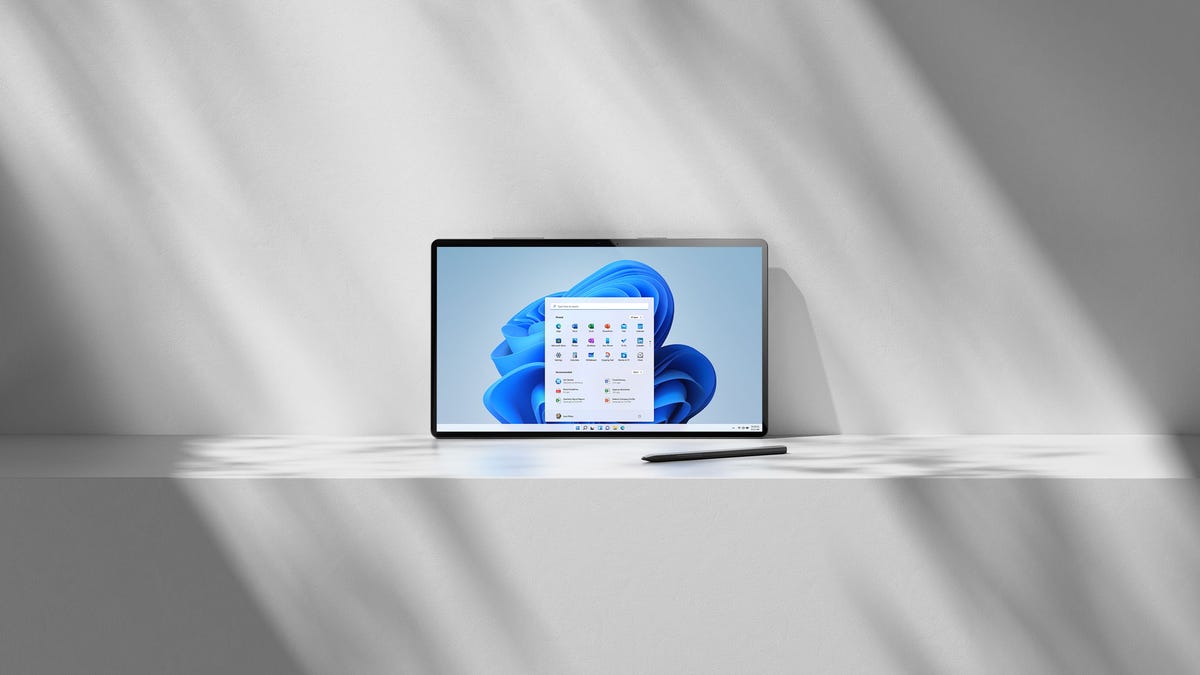How to Lock Hard Drive with Password in Windows 11
In this article, I will tell you how to lock your hard drive with a password using Windows built-in BitLocker feature. It’s a great way to protect your files from prying eyes and secure your system.
What are the benefits of locking a hard drive?
Locking your hard drive with a password has many advantages. Some of these benefits include:
- Protects data against access by anyone who does not have your password.
- Prevents cyber attackers from installing malware on the computer.
- Prevents unauthorized copying of files to USB sticks or external hard drives.
What is BitLocker?
BitLocker is free software from Microsoft that lets you encrypt your entire hard drive. It does this by creating a virtual encrypted disk within the physical disk. This is done in such a way that all data stored on the drive can only be accessed with an authorized password. It’s a good idea to use BitLocker with a password you’ve never used elsewhere.
When a drive is locked via BitLocker, it is not possible to access data on the drive without the correct password. Even if the hard drive is removed from the computer and connected to another machine, it will be inaccessible.
BitLocker uses Advanced Encryption Standard (AES) with 128 or 256 bit keys to protect your data. AES is a very strong encryption algorithm used by the US government to protect classified information.
Types of BitLocker encryption
BitLocker can use two types of encryption, 128-bit or 256-bit, depending on the operating system you are using. Different levels of encryption protect your data with different levels of security. For example, a lower level would be suitable for very securely protecting information that you do not need. However, if you are storing classified government information, you will want to use a higher level of encryption.
In Windows 11, you can use two types of BitLocker encryption:
- BitLocker Drive Encryption – This type of encryption encrypts all data on your hard drive. It is a good choice if you need to protect your data from unauthorized access.
- BitLocker To Go – This type of encryption encrypts removable drives, such as USB sticks or external hard drives. It’s a good choice if you need to protect your data in transit.
What are the system requirements for BitLocker?
To use BitLocker, your computer must meet the following system requirements:
- Operating System: Windows 7 Enterprise, Windows 8 Enterprise, Windows 8.1 Pro, Windows 10 Pro, Windows 11 Pro, Education or Enterprise Edition.
- Hardware: Trusted Platform Module (TPM) version 1.2. For Windows 11, it is TPM 2.0.
- To run BitLocker, you must have at least two partitions on your device. One is the system partition where the operating system is installed and other where other data is stored.
- You must be logged in with the administrator account.
- The computer’s motherboard must be in UEFI mode.
How to Lock Hard Drive with BitLocker in Windows 11?
To lock your hard drive with BitLocker in Windows 11:
- Open Control Panel and select System and Security.
- Scroll down and click on BitLocker Drive Encryption.
- Click “Enable BitLocker” for the drive you want to encrypt.
- Choose a password and click ‘Next’.
- Choose how you want to back up your recovery key.
- Next, choose how much of your disk you want to encrypt. If you (a.) choose the used disk space option, only the currently occupied disk space will be encrypted. This will complete the encryption process quickly. On the other hand, if you (b.) chose to encrypt the entire drive, the entire disk will be encrypted and it will take much longer.
- In the next step, choose the encryption mode you want to encrypt your device. There are two modes: (a.) New encryption mode: suitable for system fixed drive encryption; and (b.) Compatible mode: suitable for portable devices such as USB sticks and hard drives.
- Wait for BitLocker to finish encrypting your drive.
- Click ‘Finish’.
What are the limitations of BitLocker encryption?
Although BitLocker is a great feature for password locking your hard drive, it has some limitations:
- BitLocker is not available on all versions of Windows.
- BitLocker can only be used with a TPM version 1.2 or higher.
- You must have two or more partitions on your device.
- You must be logged in with the administrator account.
- BitLocker cannot be used to encrypt drives larger than 2TB.
- You cannot use BitLocker to encrypt system files.
Conclusion
BitLocker encryption is a great way to password protect your hard drive. It has many advantages, such as preventing data access by unauthorized users, preventing the installation of malware, and preventing the copying of files to USB drives or external hard drives. Although it has some limitations, such as not being available on all versions of Windows and only compatible with TPM version 1.2 or higher, the benefits of BitLocker encryption outweigh extensively on these limitations.
How do I unlock my drive with the correct password?
If you are using BitLocker Drive Encryption on Windows 11, the unlocking process is quite simple. Just type in your password and click unlock. Unfortunately, if you’re using BitLocker To Go on another operating system like Windows XP or Vista, unlocking drives can be a bit more difficult. You will need to enter the recovery key code you created when setting up BitLocker. If you have lost or forgotten your recovery key code, you can use the “Find my recovery key” feature on the BitLocker website to unlock your drive.
What part of your disk should I encrypt?
You should encrypt as much of your hard drive as possible for complete protection and privacy.
Stay protected!
George Cox is the owner of Computer Diagnostics and Repair. He can be reached at 346-4217.


Comments are closed.